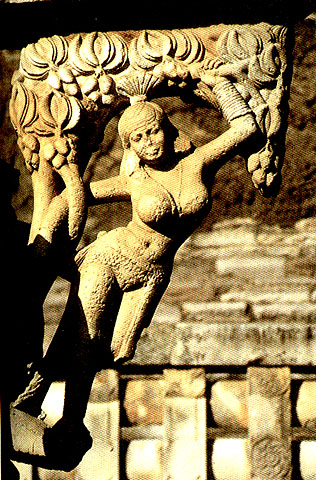Syncretism: The attempted reconciliation or union of different or opposing principles, practices, or parties, as in philosophy or religion. (http://dictionary.reference.com/browse/syncretism)
Syncretism is at the root of the millions of Deities in Hinduism. As Hindu society came in contact with other forms of worship, it formed unions with them, increasing the number of deities. Even Buddha has been accepted into Hinduism, and is considered the 9th Avatar of Vishnu. (The 10th, Kalki, is yet to come.)
Early Hinduism relied heavily on rituals. Over time, these rituals became rigid, and common people rebelled against them. That created an environment conducive to the rise of two new religions - Buddhism and Jainism. They both started around 5th century BCE.
Another few offshoots of Hinduism started a few centuries later. The Bhakti and Tantra movements, both started around the 1st century CE.
Bhakti relied on direct worship, and Krishna is the most freqeunt target of this direct worship.
"Tantrics sought to gain spiritual fulfillment by acquiring power through social transgressions, including ritual sex."*
Around the time, a third sect - Pashupat was also started - by Lakulisha. Followers consider him the 28th and last Avatar of Shiva.
Today, Bhakti, Tantra and Pashupata are considered part of Hinduism. Despite attempts to assimilate Buddhism, it has remained as a separate religion. What about Jainism - there is no clear literature on whether or not attempts were made to assimilate Jainism and Lord Mahaveer into Hinduism.
But, Hinduism's evolution continues through syncretism.
-----------------------------------------------------------------------------------
* Indian Art, Partha Mitter, Oxford University Press, Pg. 81.



